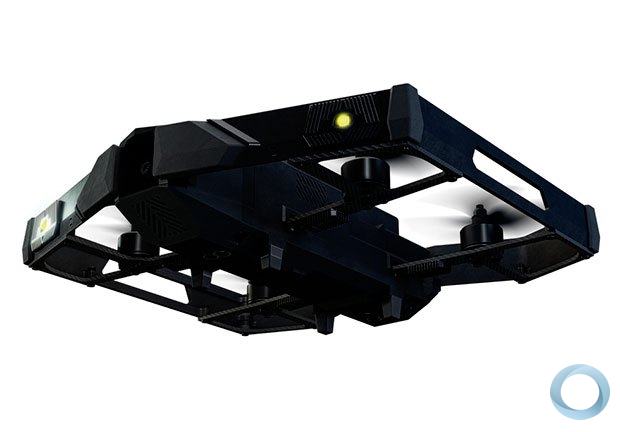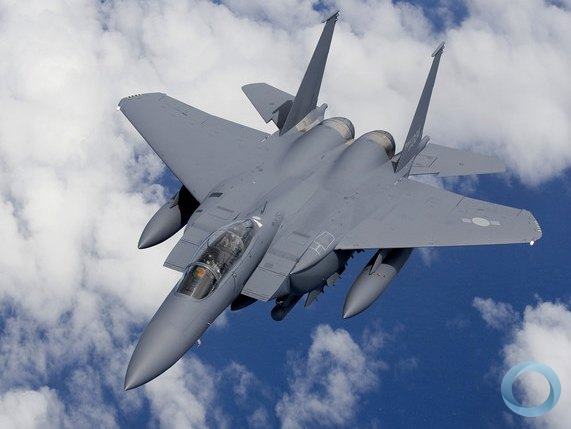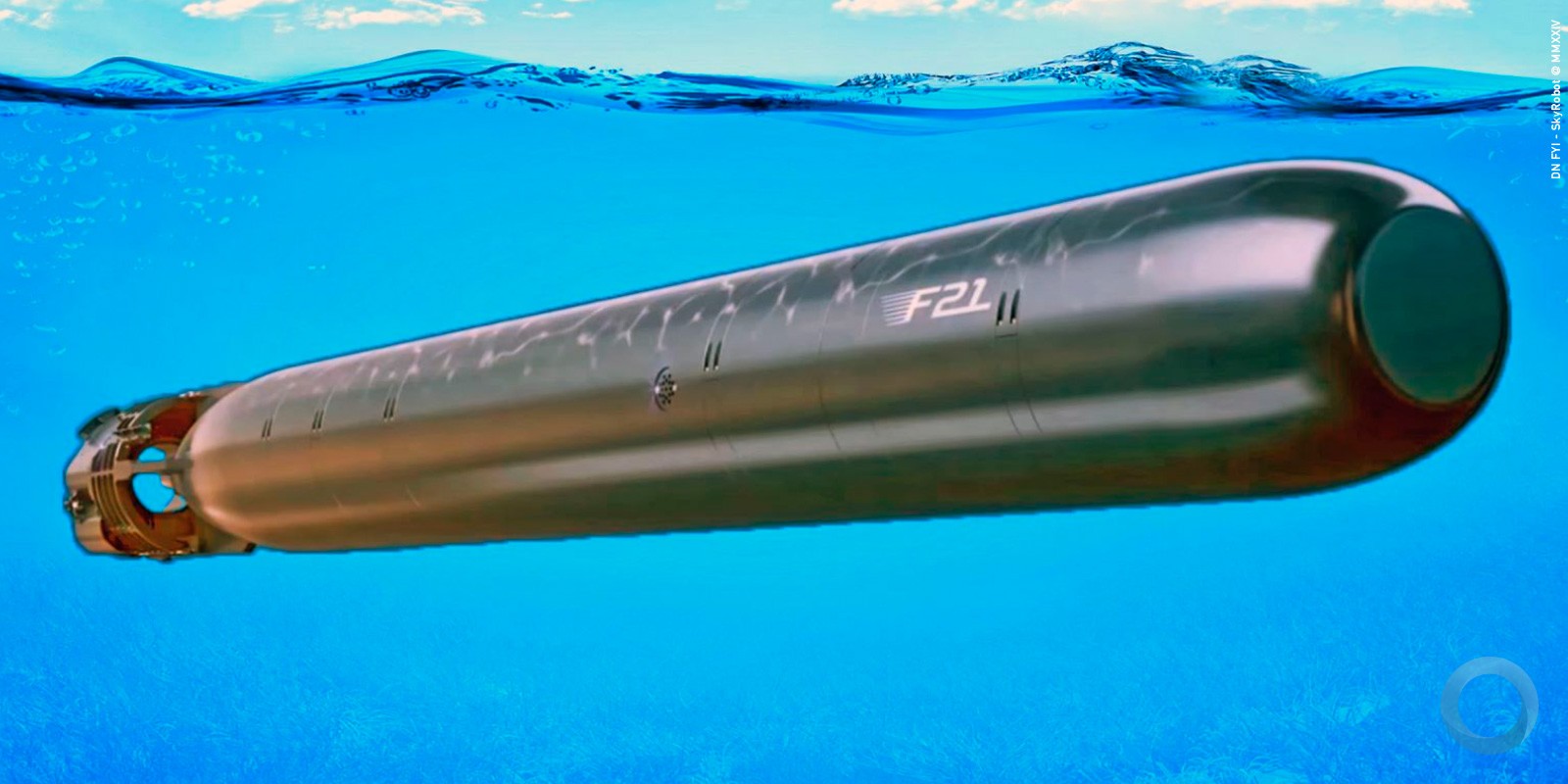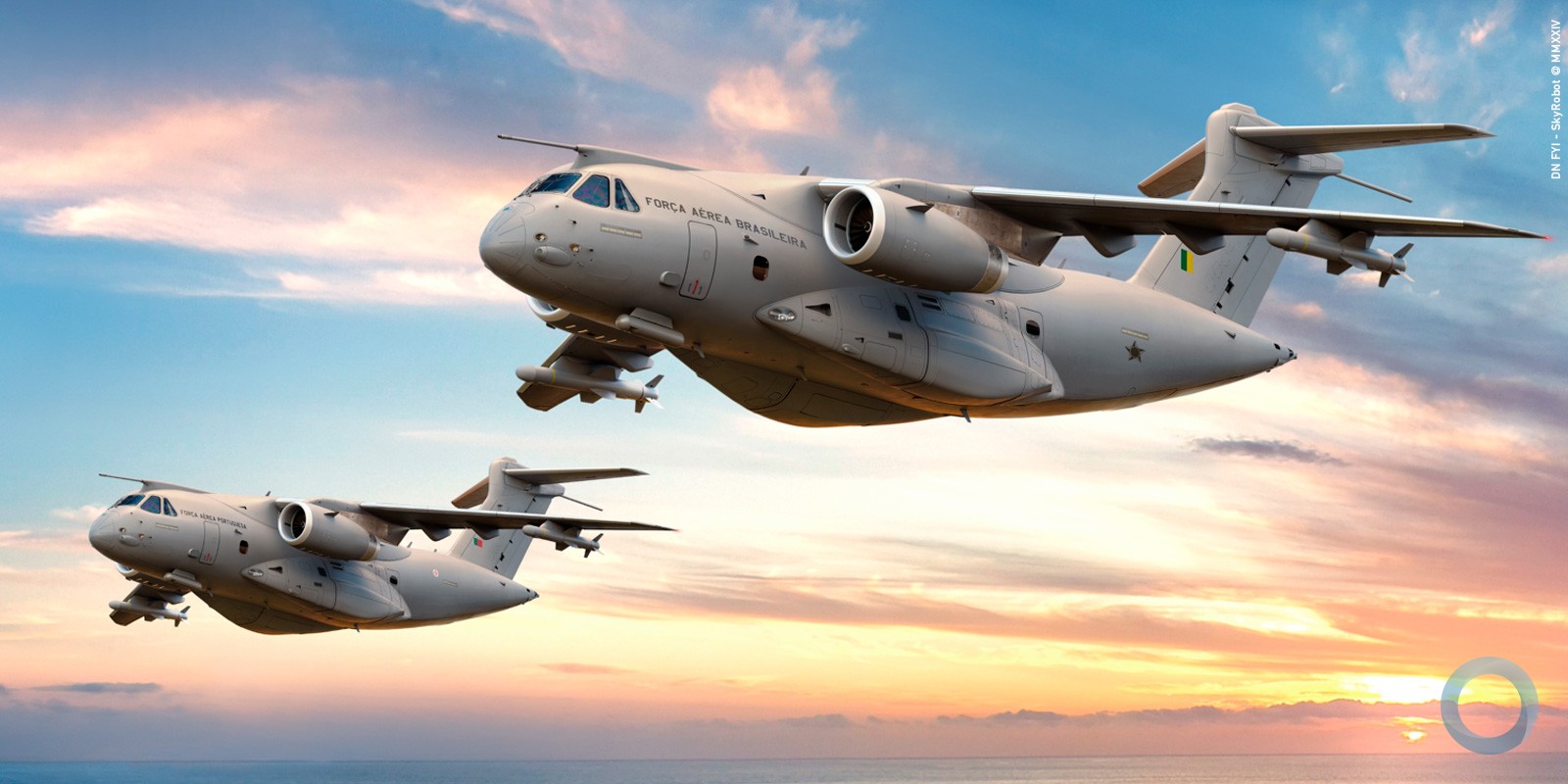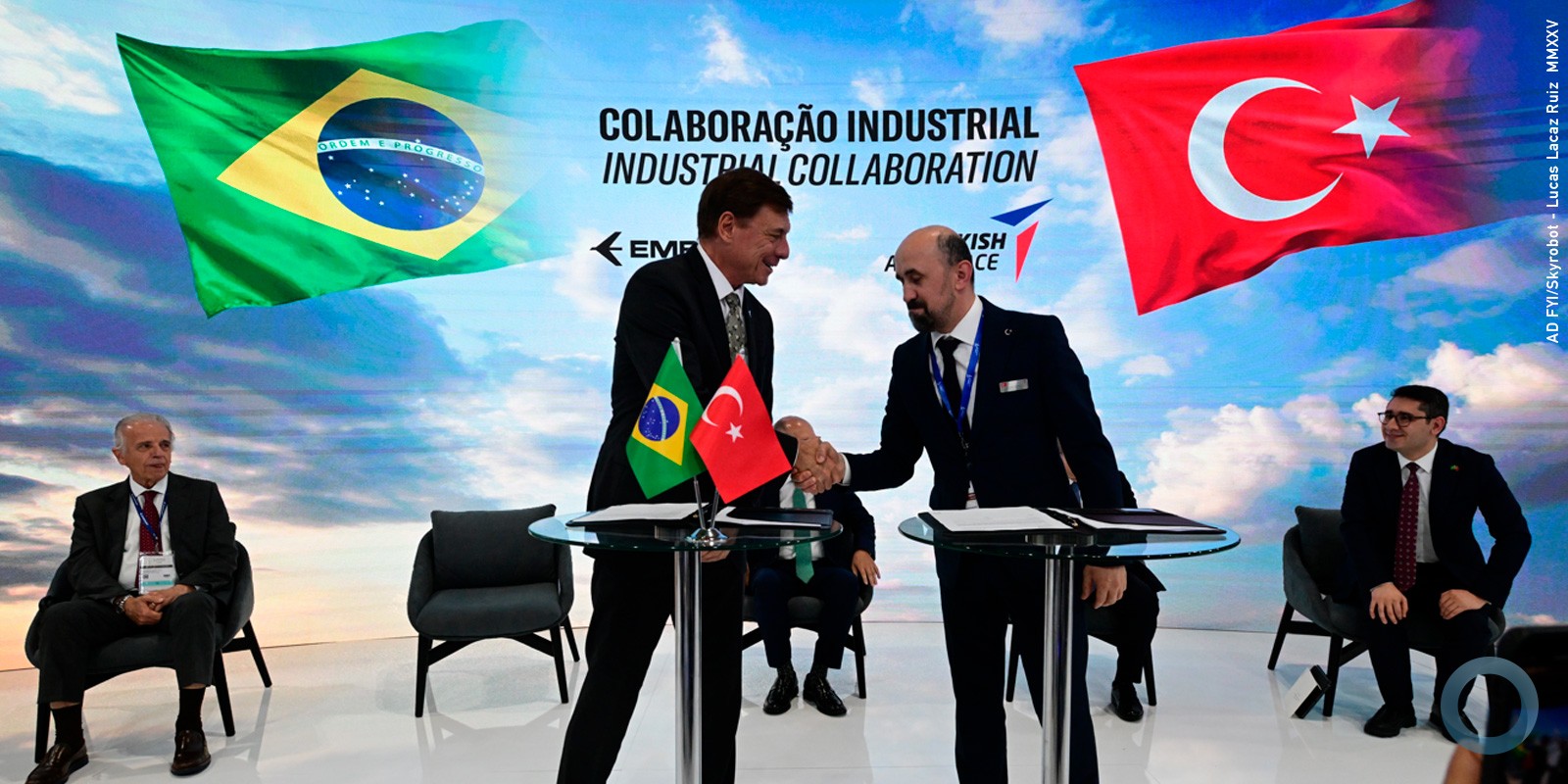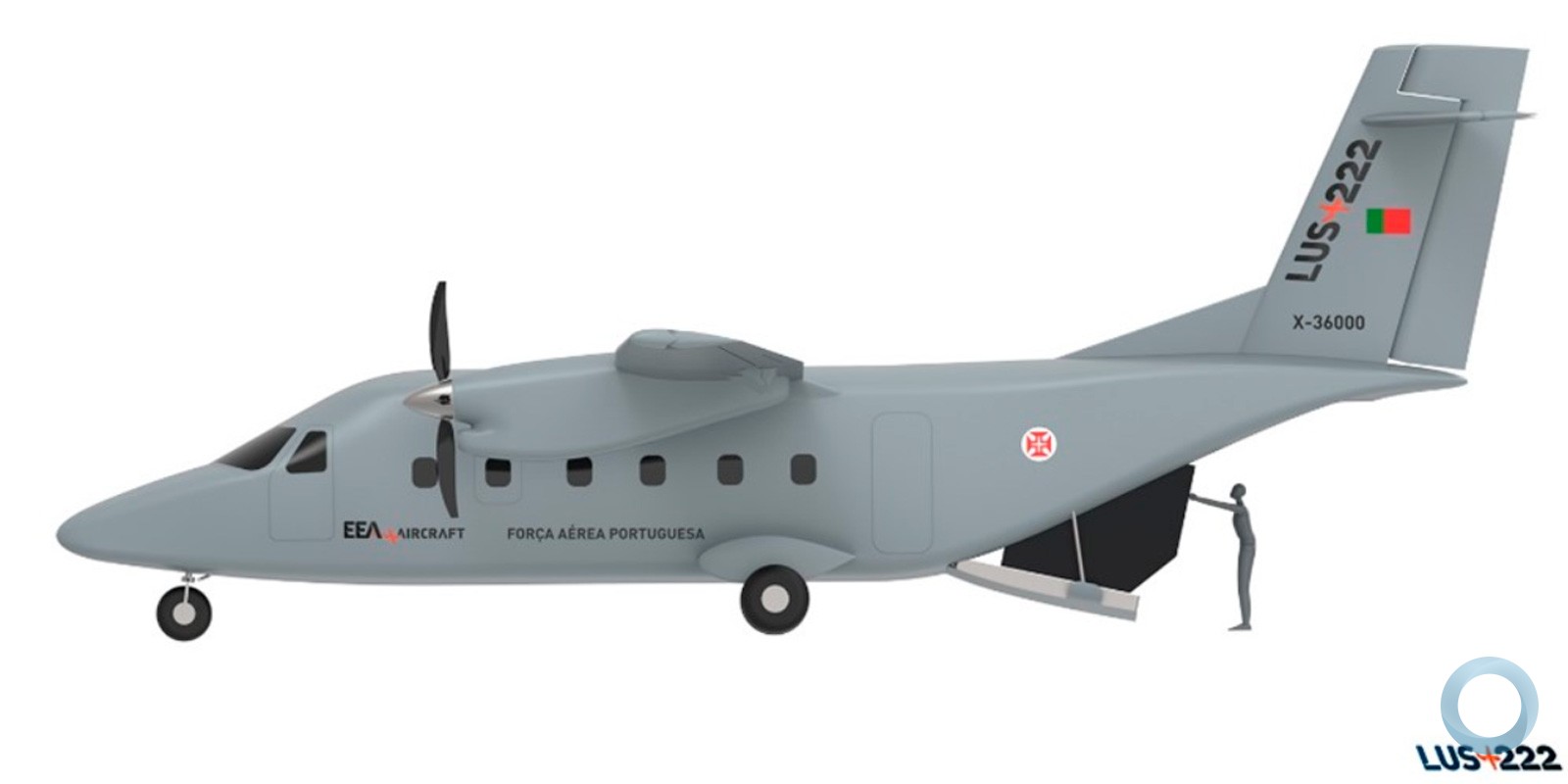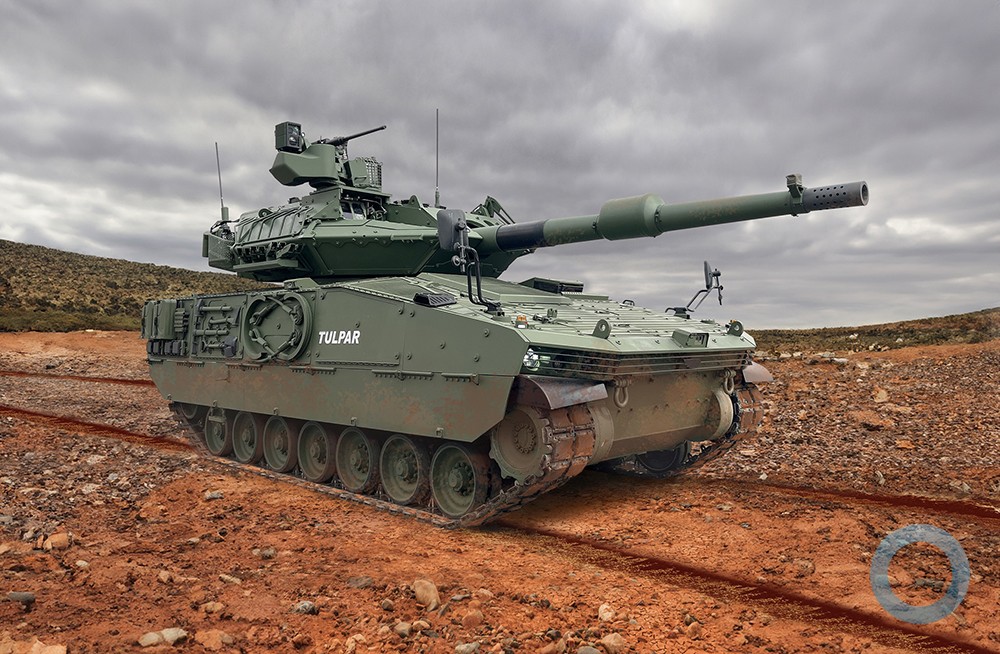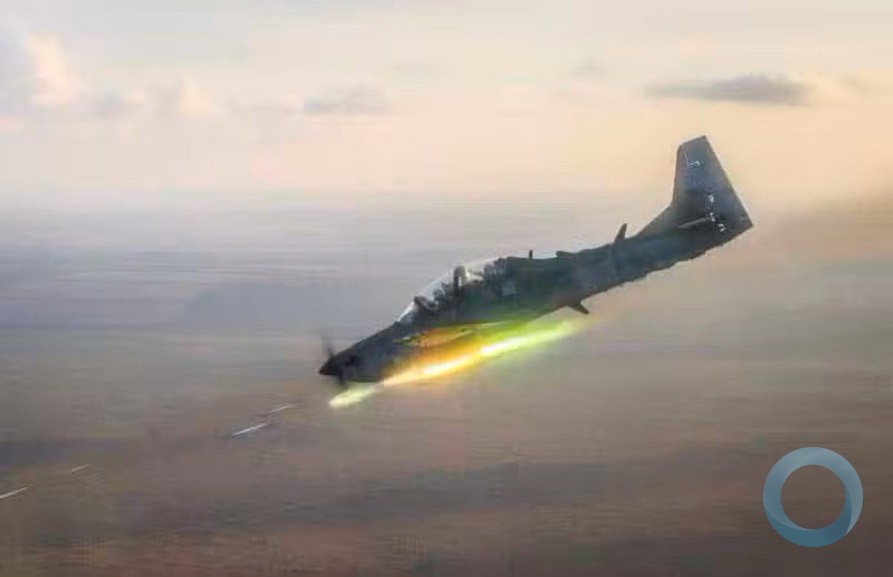The BaToLUS project, Battle Damage Tolerance for Lightweight Unmanned Aerial Vehicle (UAV) Structures, brought about a successful development of new rapid prototype modelling capabilities.
The BaToLUS project involved major European aeronautical industries, top-rated European research institutes and also small European enterprises. The European Defence Agency (EDA) led cooperation brought together a "critical mass" for an effective scientific dialogue, thus allowing the Nations to benefit from synergies in their respective industrial capabilities.
Compared to more conventional combat aircraft designs, extremely lightweight structures exhibit different distributions of strength and stiffness. Within the BaToLUS project, cost-efficient alternatives to a well-defined baseline configuration have been developed by improved structural design, aiming to offer increased tolerance against battle damage, whilst supporting the original requirements and keeping potential penalties small.
Thanks to BaToLUS, new rapid prototype modelling capabilities have been developed. Also, a generic design process, which includes “Vulnerability Load Cases", and novel high-fidelity simulation methods have been demonstrated. A large number of structural concepts for vulnerability reductions have been identified, assessed and – for two of them – implemented and tested. Operational evaluation with respect to impacts on cost, weight and capabilities were considered at an overall platform level, together with vulnerability analysis taking into account the demonstrated structural performance and aerodynamic damage characterisation.
The main objectives of the project have been: (i) defining a UAV design and development process for vulnerability reduction to be integrated in the design process, (ii) demonstrating an improvement of the current UAV modelling, simulation and design capabilities, and (iii) providing a guideline on the costs associated with the development of a vulnerability-improved UAV.
The BaToLUS project was managed and funded by Germany, France, Sweden, and the UK in the frame of the European Defence Agency, and carried out by Airbus Defence & Space Germany (project leader), Airbus Group Innovations France, BAE Systems, CEA Gramat, Dynamec Research AB, Fraunhofer-Institut für Kurzzeitdynamik – Ernst-Mach-Institut (EMI), Industrieanlagen-Betriebsgesellschaft mbH (IABG), ONERA – The French Aerospace Lab, and SAAB Aerosystems.












